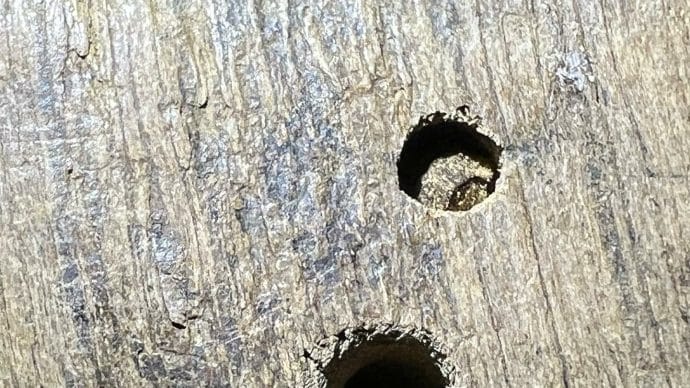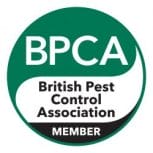Pest Control: Woodworm
Woodworm isn't an issue you can leave to go away on its own. These pesky insects can burrow into structural timbers in your home. While they're not a health danger, they can cause significant damage that's expensive to fix, so you need to get to the root of the problem as soon as possible.
If you believe you have a woodworm infestation on your property, then you need to contact the professionals at Pest-Tech immediately. We carry out an initial survey for woodworm treatment to identify the extent of the problem and then suggest the best treatment option.
What You Need to Know About Woodworm
Firstly, woodworm isn’t actually a species of worm. It’s a name given to a selection of insects that live inside wood. The larvae burrow into wood and feed on the timber within. After a few years, when they’re ready to mature, the insects tunnel into the outer section of the wood, where they pupate and finally exit as fully-formed adult beetles.
Adult woodworms like the light, and many species are able to fly, so you might see them buzzing around lamps. On the other hand, their young enjoy the damp, dark space within wooden structures and don’t venture out until they’re ready to mature. As such, the larvae are the real problem, as they can eat into roof timbers, wooden fixtures and furniture, potentially causing damage or weakening the structural integrity of your property.
Did you know? Wood boring beetles live for only a couple of weeks as adults. Adult females live for between 10 and 14 days, whereas their male counterparts only live between 3 and 4 days. However, they can live for years as larvae in the timber. The purpose of the adult beetle’s life is to lay the next batch of eggs to keep the cycle going.
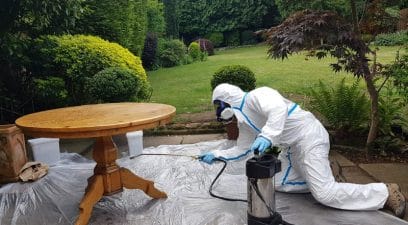
Types Of Woodworm
As woodworm is a collective term for a range of different insects, it can be difficult to know what type is living in your property. Some of the wood boring beetles often found in the UK include:
- The Common Furniture Beetle: The most prevalent woodworm species in the UK, this is a small, brown bug that can cause damage to wooden furniture, floors, and structural timbers.
- The Wood Boring Weevil: Another common woodworm species that is reddish-brown in colour and recognisable by its distinctive long nose. They like both hard and soft woods, with a preference for rotting timber that’s infested with fungus.
- The House Longhorn Beetle: A larger insect that can grow up to 25mm in length. This is a rare species in the UK but can cause significant damage to structural timber and prefers hardwoods.
- The Powderpost Beetle: A small, brown specimen that can cause damage to hardwoods, such as oak and mahogany. It gets its name from the fine powder it creates as it bores through wood.
- The Deathwatch Beetle: This bigger species often infests older buildings as it likes damp wood and feeds off fungus. It is known for the ticking sound it makes as it bores through wood and can cause significant damage to structural timbers.
- The Wharf Borer Beetle: A brown beetle with two pronounced antennae, these incests can cause damage to untreated softwood, such as pine. It is often found in coastal areas and can be a problem for wharves and piers, as well as seaside homes.
Each of these insects is slightly different, but our experts know how to deal with them and treat any infestation quickly. Since woodworm larvae are the biggest perpetrators of damage, as opposed to the adult beetle of the species, we understand how to identify the young and their habits. We can then ensure that we get rid of them quickly using our top-of-the-range woodworm treatment spray.
Signs Of A Woodworm Problem
The first sign of woodworm that most homeowners notice is small holes left in the outside of wooden structures, beams, or furniture. These are exit holes for the larvae and might be a sign of an active woodworm infestation or of a previous issue that’s already undergone a woodworm treatment. If you’re unsure, you should always ask a pest control officer to check for you.
While these holes might be the most commonly known signs of a woodworm infestation, they can take years to develop. As such, you need to be proactive and watch out for other signs of woodworm, including:
- Piles of fine wood dust, known as frass, close to wooden furniture or beams
- Dead adult beetles on windowsills
- Live adult beetles, which can easily be mistaken for flies
- Hollow sounds when you tap a wooden surface
- Visible tunnels on the outside of the wood
It can be hard to prevent woodworm, except by making sure you reduce the humidity levels in your home. Still, woodworm could infest any property, particularly those with lots of wood, and so you need to be prepared. Getting a professional woodworm treatment from Pest-Tech could help reduce the impact the insects have.
Choose Professional Treatment From Woodworm Specialists
Wood boring insects can be incredibly dangerous and cause lasting damage that’s costly and time-consuming to fix. While you can buy DIY woodworm treatment products, these can be toxic and might not be as effective as professional-grade products. So, it pays to work with professionals to treat woodworm.
The team at Pest-Tech Ltd has carried out all manner of woodworm treatments in the past, from treasured furniture, loft spaces, garden furniture and garage roofs. As such, we have the experience needed to support you through this process.
During the survey, we can explain the treatment options and everything we need from you. Our pest controller will assess the situation and whether they can treat the issue or if you need more specialist support to strip back the timber. If our team is able to deal with the issue, our treatment is completed using a sprayer to give wide coverage and allow the solution to absorb into the wood. The building will need to be empty of people and pets to ensure everyone’s safety, and it will need to remain empty for a minimum of 4 hours after the treatment is complete.
Our team uses methods approved by the British Pest Control Association (BPCA) and Royal Society for Public Health (RSPH), so you know you’re in safe hands. We have access to industrial-strength insecticides and equipment that will help us quickly and safely deal with any woodworm infestation.
Get Expert Woodworm Pest Control Today
If you suspect that you have a woodworm infestation in your home or property, it is important to determine the type of beetle and take appropriate action to treat the issue and prevent further damage.
A professional pest controller can help you identify the insects and use a woodworm treatment to eradicate them before they become a bigger problem. To book a survey or find out more about how we manage woodworm infestations, contact us by calling 01622 296055 or emailing admin@pest-tech.org.
Commonly Seen Pests in the Home and Workplace
Rats
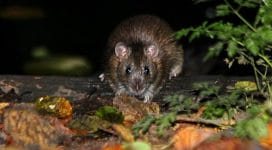
What you need to know about Rats
Mice
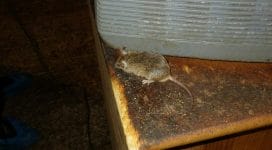
What you need to know about Mice
Wasps

What you need to know about Wasps
Flea Control

What you need to know about Flea Control
Bed Bugs
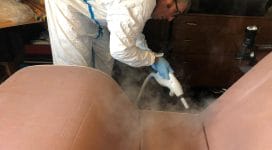
What you need to know about Bed Bugs
Squirrels
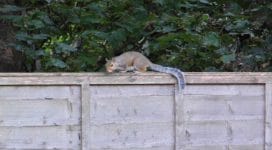
What you need to know about Squirrels
Ant Control
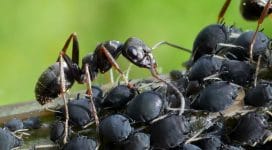
What you need to know about Ant Control
Carpet Moths
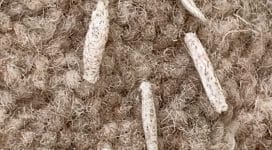
What you need to know about Carpet Moths
Moles
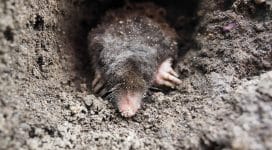
What you need to know about Moles
Bees

What you need to know about Bees
Pigeon Control
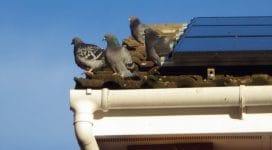
What you need to know about Pigeon Control
Cockroach Control

What you need to know about Cockroach Control
